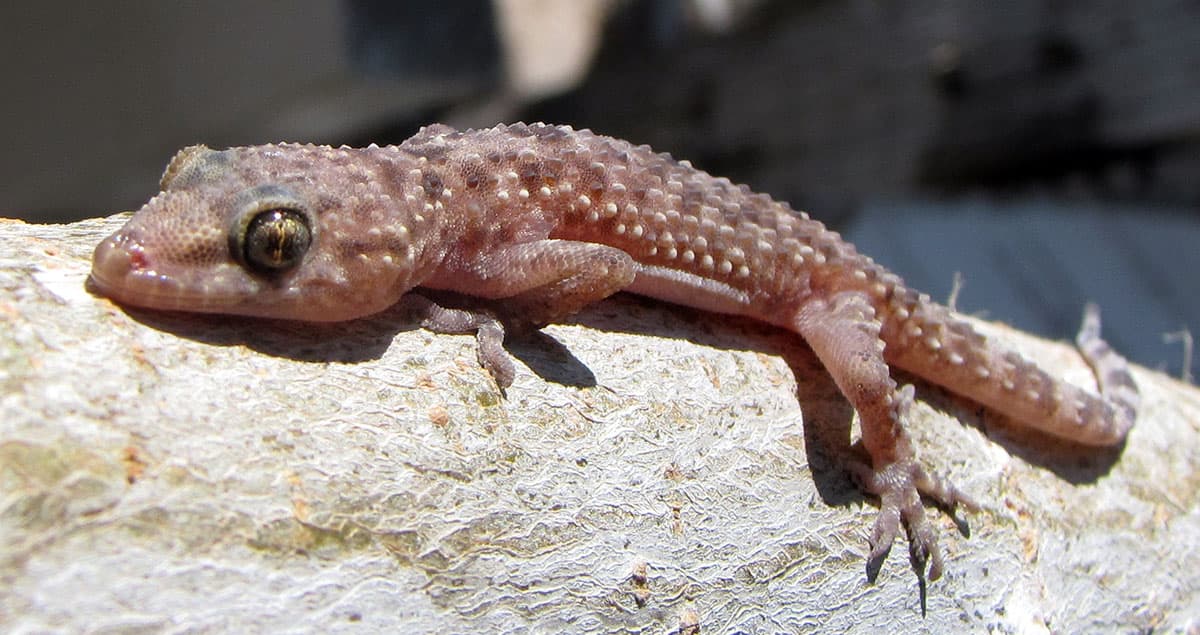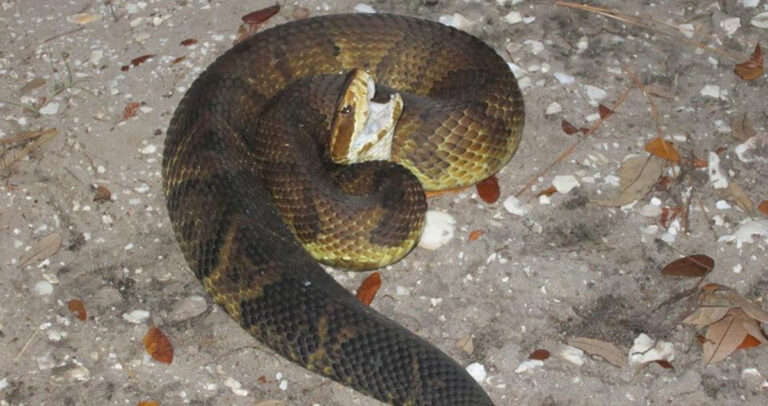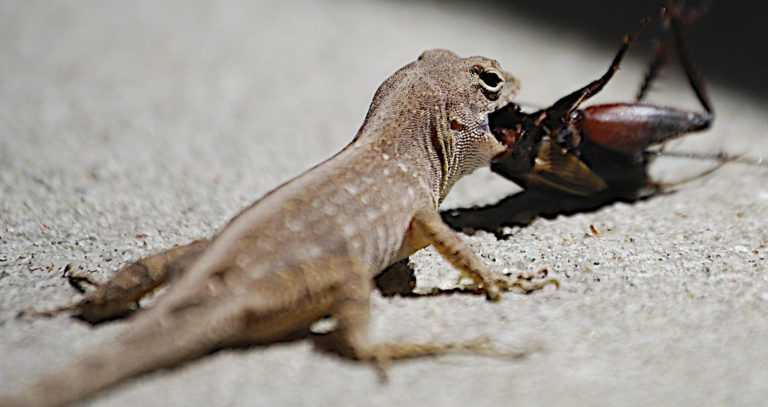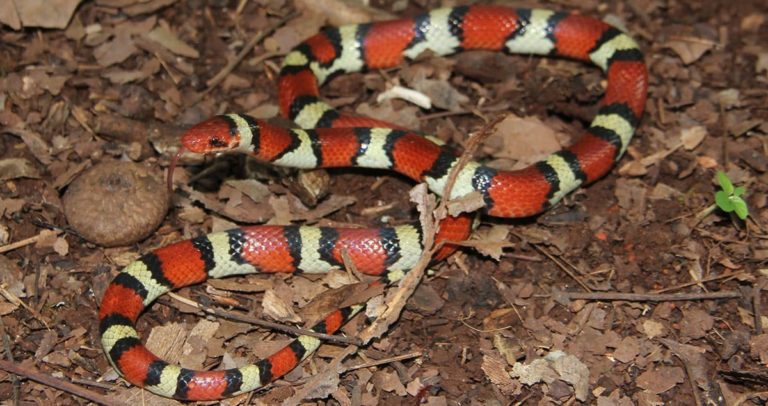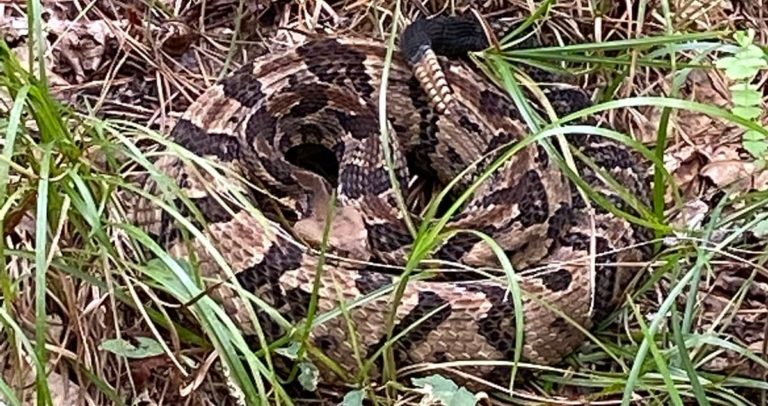Georgia’s Wild Geckos: A Comprehensive Guide
While Georgia may not be the first place that comes to mind when thinking about geckos, the state is indeed home to several fascinating gecko species. These small, nocturnal reptiles are well-adapted to their environments, with unique features such as specialized toe pads that enable them to climb walls and ceilings. In this comprehensive guide, we will explore the gecko species found in Georgia, delving into their appearance, behavior, and habitat.
Mediterranean Gecko (Hemidactylus turcicus)

Appearance
The Mediterranean gecko is a small, non-native species that has established populations in Georgia. They can grow up to 4-5 inches in length, with a flattened body and large, prominent eyes with vertical pupils. Their skin is somewhat bumpy and features a pattern of gray, brown, and white spots, which help them blend into their surroundings.
Behavior and Habitat
Mediterranean geckos are nocturnal and are most active during warm, humid nights. They are often found in urban and suburban environments, taking up residence on walls, ceilings, and other structures. These geckos prefer locations near artificial light sources, which attract the insects they feed on, such as moths and other small arthropods.
Reproduction
Mating for the Mediterranean gecko typically occurs in the spring and summer months, with females laying small, oval-shaped eggs in concealed locations. The eggs are left unattended, and the young geckos are fully independent upon hatching.
Indo-Pacific Gecko (Hemidactylus garnotii)
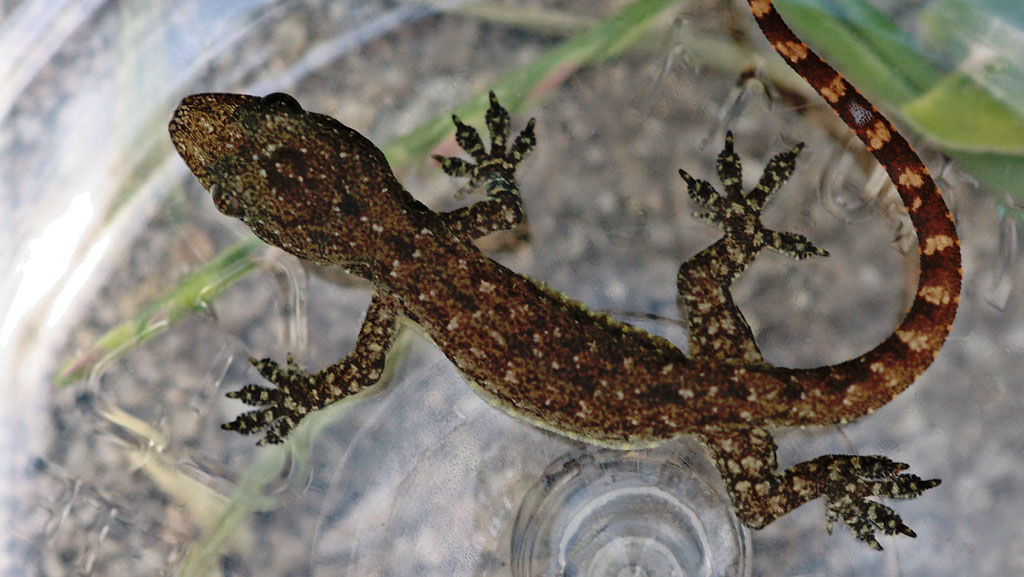
Appearance
The Indo-Pacific gecko, also known as the Garnot’s house gecko or the fox gecko, is another non-native species found in Georgia. These small geckos grow up to 4-6 inches in length and exhibit a smooth, flattened body. They have large, rounded eyes with vertical pupils and display a range of color variations, from pale gray or beige to dark brown or black, often with faint banding or mottling.
Behavior and Habitat
Like the Mediterranean gecko, the Indo-Pacific gecko is nocturnal and often found in urban and suburban areas. They are skilled climbers, making use of their specialized toe pads to navigate various surfaces with ease. Indo-Pacific geckos feed primarily on insects, such as ants, beetles, and moths, as well as small spiders.
Reproduction
Indo-Pacific geckos have an unusual reproductive system, as the majority of individuals are females that reproduce through parthenogenesis, a process in which offspring develop from unfertilized eggs. This mode of reproduction allows these geckos to establish populations rapidly, even with limited individuals.
Common House Gecko (Hemidactylus frenatus)
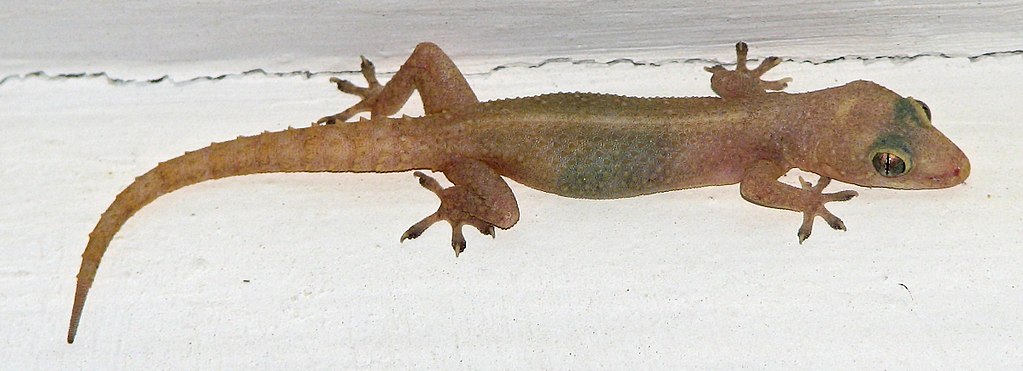
Appearance
The common house gecko is yet another non-native species that has found a foothold in Georgia. These small geckos grow up to 3-5 inches in length and feature a slender, flattened body. Their skin is somewhat bumpy, with a coloration that varies from pale gray or tan to dark brown, often accompanied by irregular dark markings.
Behavior and Habitat
Common house geckos are nocturnal, and like their Mediterranean and Indo-Pacific counterparts, they thrive in urban and suburban environments. They are often found on the exterior walls of buildings, near lights that attract their insect prey. These geckos feed on a variety of insects and small arthropods, such as flies, mosquitoes, and spiders.
Reproduction
The common house gecko’s breeding season usually occurs during the warmer months. Females lay small, oval-shaped eggs in protected locations, such as crevices, under bark, or inside building structures. The eggs are left unattended, and the hatchlings emerge fully independent and ready to fend for themselves.
Conservation and Responsible Interaction
While these gecko species are not native to Georgia, they have become established residents and contribute to the state’s biodiversity. It is essential to remember that these creatures play a vital role in their ecosystems, particularly in controlling insect populations.
When encountering geckos in the wild, it is best to observe them from a distance without disturbing their natural habitat. Handling wild geckos can cause them stress and potentially harm them. Furthermore, geckos, like other reptiles, can carry Salmonella bacteria, which may be transmitted to humans through direct or indirect contact. Always practice good hygiene and wash your hands after any interaction with geckos or their environment.
Final Thoughts
Georgia is home to a small but intriguing variety of gecko species, each with unique characteristics and behaviors. By learning about these fascinating creatures and respecting their habitats, we can better appreciate the role they play in the state’s rich biodiversity. Whether you’re an experienced herpetologist or simply a curious observer, Georgia’s geckos offer a captivating glimpse into the world of these small, nocturnal reptiles.

